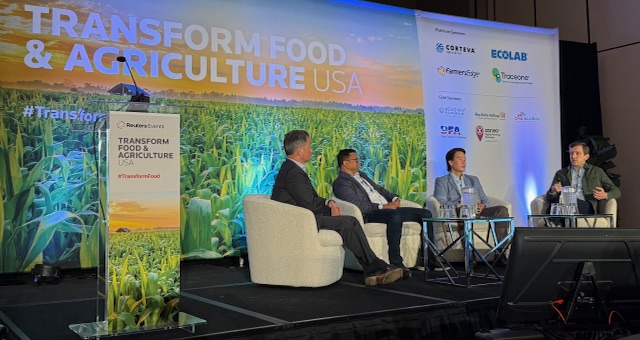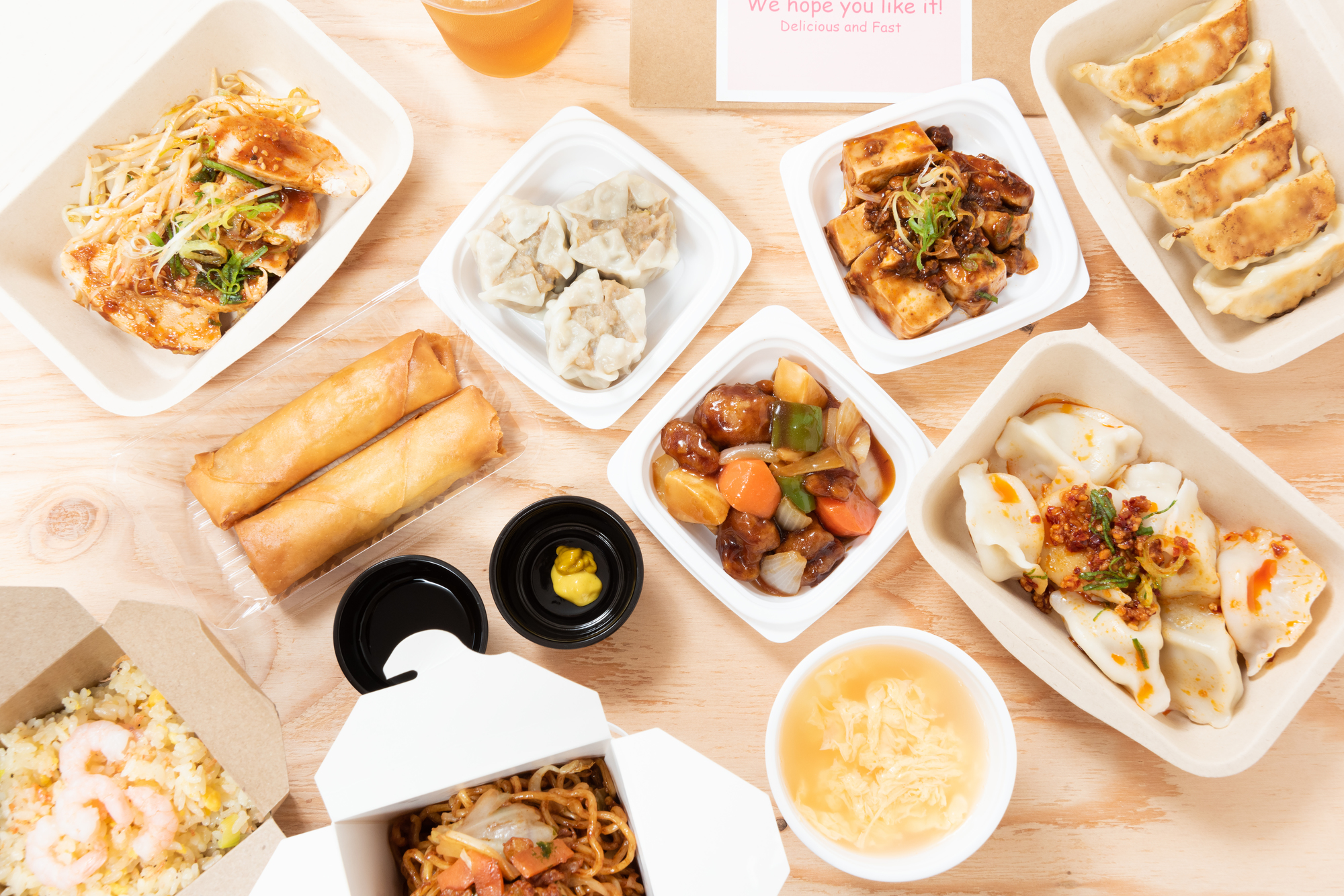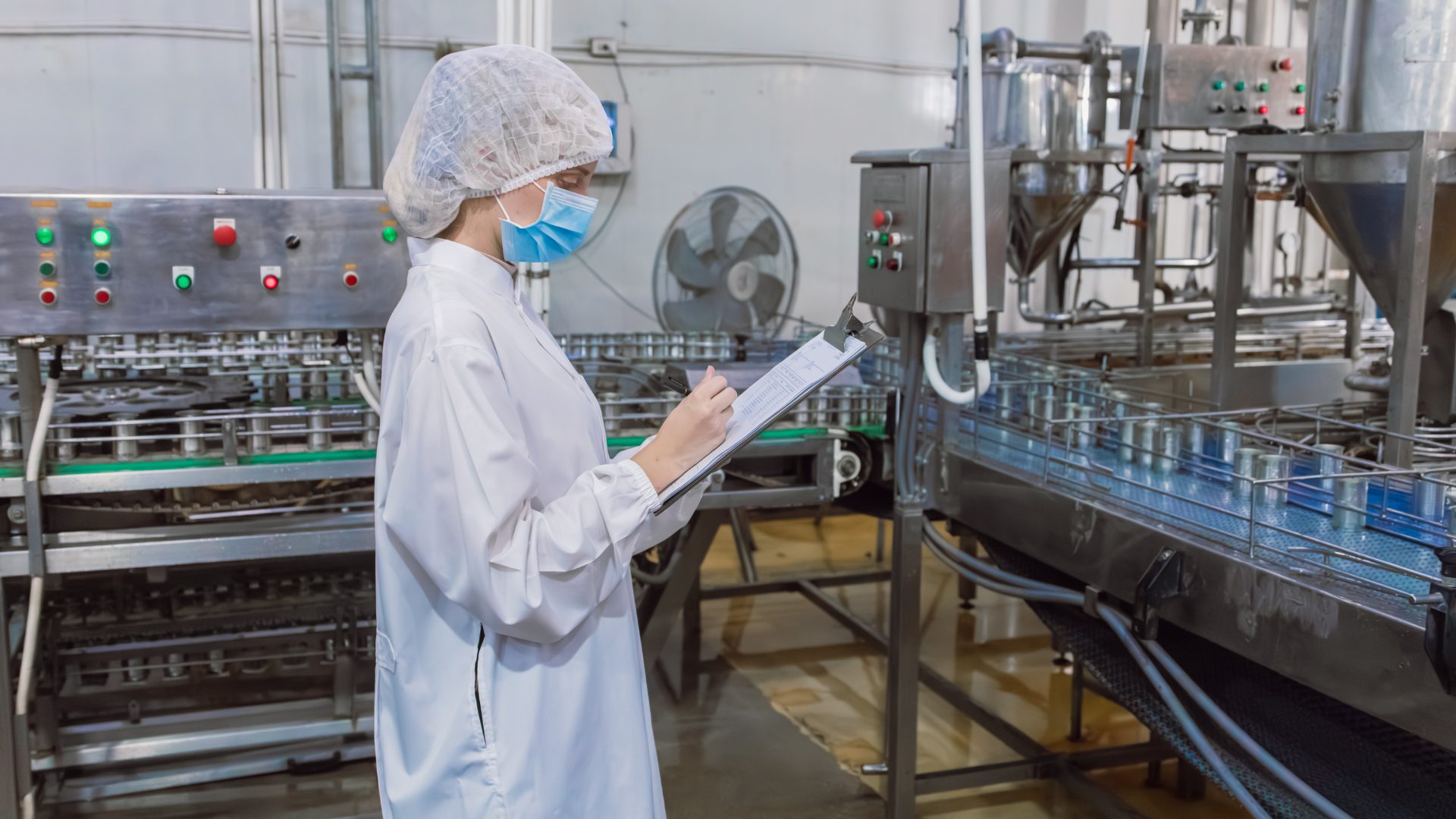MINNEAPOLIS – Earlier this week, in a packed Hyatt Regency ballroom, executives set out on discussing solutions for numerous issues impacting food and agriculture. Many industry leaders left this year’s Transform Food and Agriculture USA event feeling optimistic, as they charted a path toward improved sustainability, traceability, and supply chain resilience.
Here’s a look at the most indelible discussions that took place in Minneapolis:
Economy is Taking a Toll
It wasn’t lost on event attendees that consumers – and many companies – are currently cash-strapped.
“Obviously, today there is increasing pocketbook pressure,” said Catesby Perrin, head of business with Mill.
“Whether you’re a sole individual, buying food for your family, or you’re Google … the cost pressures are significant, with inflation and increasing commodity prices, and increasing labor costs.”
As a result of those issues, consumers and companies alike are trying to waste as little food as possible.
“I think what we’re seeing is a real focus on, ‘What am I buying?’” Perrin added. “How am I buying intentionally, to make sure that I’m using it (to) the greatest extent possible?”
Protein Explodes in Popularity
“Proteinification” was a common buzzword heard this week in Minneapolis. Consumers’ demand for protein has reached unprecedented levels, with products like protein-enhanced Cheerios and Doritos creating opportunities for food companies to develop products that capitalize on demand for GLP-1 weight-loss drugs.
Consumers’ growing desire for protein has been “fascinating to see, from an R&D standpoint,” said Jitendra Sagili, an executive with Maple Leaf Foods. “Protein has been there for centuries, and the way now that it’s transforming, based on the media, and based on the new generation of consumers, is fascinating.
“Meat sticks are a big range right now,” Sagili added. “We’re now coming up with protein sticks made of chicken. … The reason why? It checks a lot of boxes. It’s shelf stable, so your supply chain resilience is there, and waste production is less. And it’s delicious, in my view.”
AI Implementation
Industry leaders noted that effective AI implementation regarding issues like food safety requires solutions that predict future risks. Companies with small staffs need AI partners who can forecast risk factors like recalls, experts noted.
It was clear from listening to multiple presentations in Minneapolis that AI implementation is on business leaders’ minds right now.
“Everyone is talking about ‘How are we using AI? Are we losing our edge? How can we incorporate AI in everything that we do?’” noted Rene Garza, a top executive with Novonesis.
“At a previous company we were using AI to kind of forecast what consumers wanted,” said Takashi Nakamura, VP at Del Monte Fresh Produce. “Now, in my current role, what I’m doing is using AI as a supplement to the global team I have.”
Sustainable Products Proliferate
At Transform Food and Agriculture USA, discussions extended to sustainability initiatives, such as utilizing pineapple byproducts for health benefits and aligning economic incentives across the food chain to drive adoption of traceability and waste reduction tech.
Panelists emphasized the importance of transparency, trust, and collaboration in building resilient food systems. Mill’s focus on behavior change underscored the need to make sustainable practices user-friendly, whether in households or commercial settings.
Perrin cited an example of his company’s partnership with a farm in Seattle for dehydrated animal feed as a recent success.
“By optimizing (a) commodity product – which is recycled and cheaper for the farmer and actually better for the environment – can we maintain performance at very high standards, which have been optimized for decades? The answer is yes,” Perrin said. “So we are really, really excited by what we’re seeing.”
Food for Thought Leadership
Is the future of flavor increasingly borderless? Valda Coryat, vice president of marketing for condiments and sauces at McCormick, reveals how curiosity powers McCormick’s flavor foresight, why segmentation by “flavor personality” matters, and how flavors are becoming more culturally driven.









